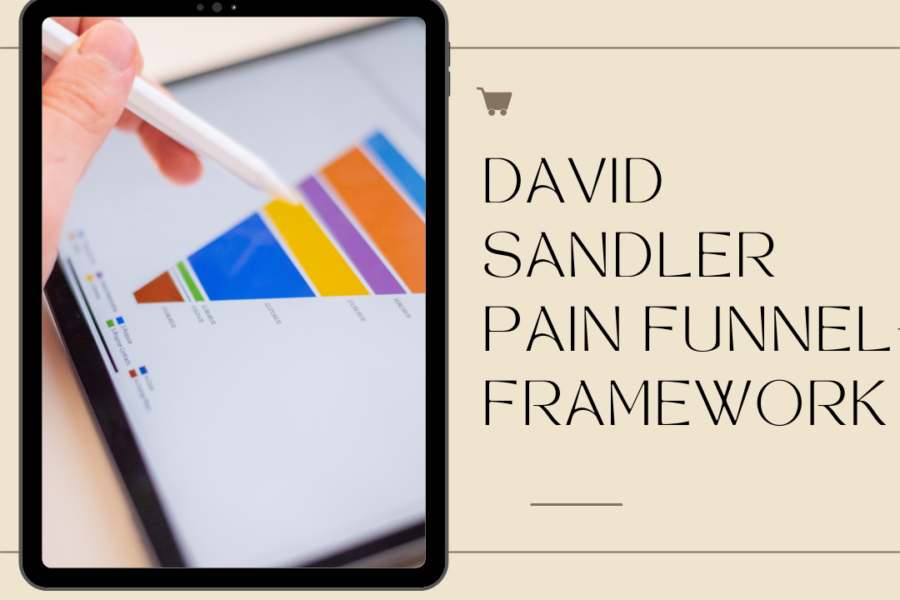
Difference between Pipeline and Funnel
Sales Pipeline Vs Sales Funnel: Difference between Pipeline and Funnel, as the word implies, the sales process is a process. It is not straightforward; hence you need to move from one stage to another. Converting a lead to a customer often takes its own course, and this varies from business to business. Whether B2B or B2C sales, sales reps need to understand and visualize a lead’s journey to be able to convert a lead to a customer.
Sales funnel and sales pipeline are often misunderstood by most people to mean the same thing, but they are not. Sales funnel and sales pipeline are different. Sales funnel is about leads while sales pipeline is about deals.
Sales funnel are the stages in the sales process your leads go through before becoming customers. Whereas, sales pipeline comprises of every stage in your sales process that a sales rep takes to move a deal from start to close. Ideally, your sales process should align with the buyer’s journey.
Sales Funnel
Sales funnel is the different stages in the sales process that leads go through before they become customers. A lead starts from the top of the funnel and gradually gets to the bottom where the lead becomes a customer.
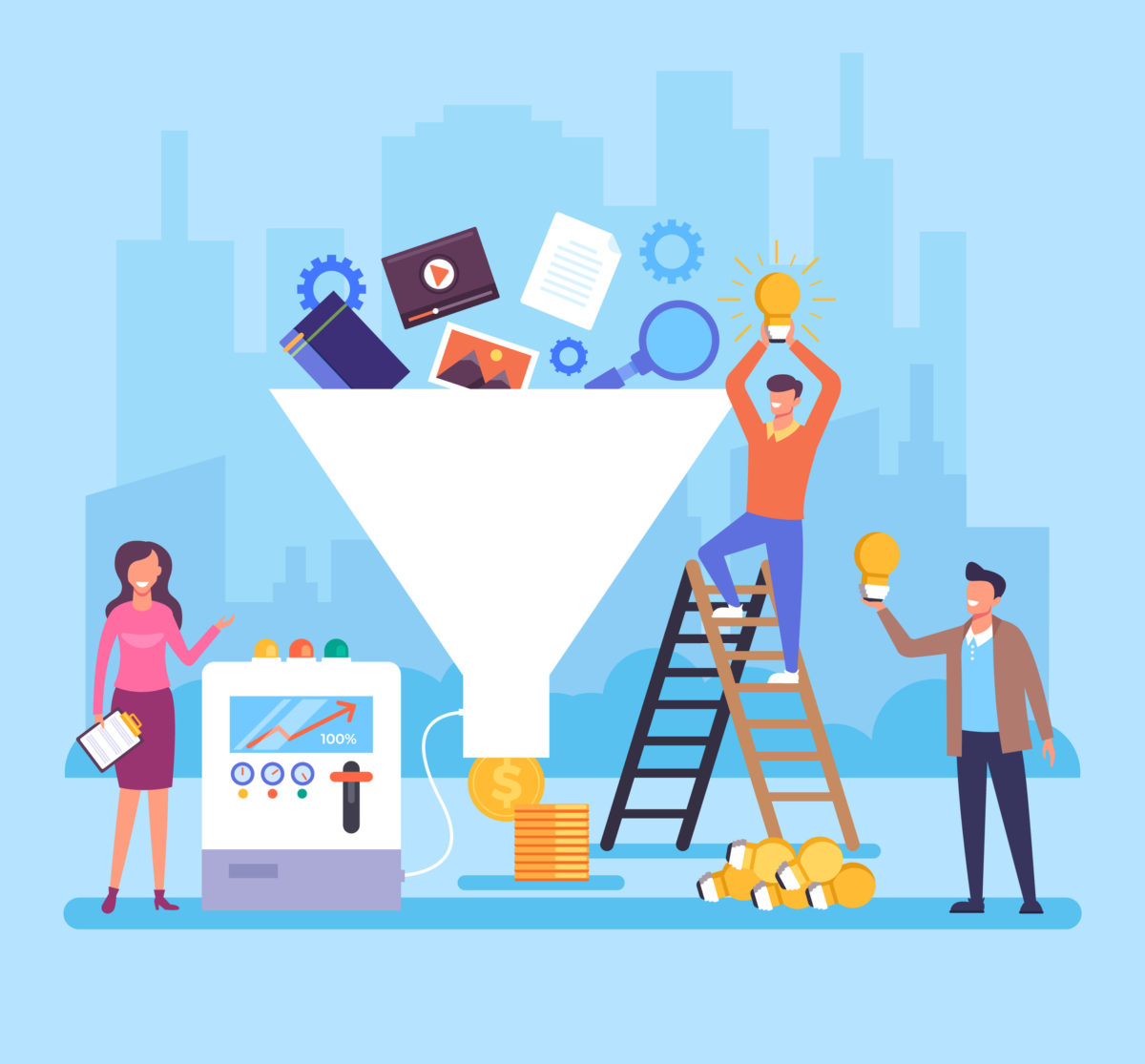
Sales Funnel
The goal of a sales funnel is to solve your customer’s problem by providing what he/she needs. Not all leads that started at the top of the funnel will get to the bottom to become customers.
What are the stages of a sales funnel?
A sales funnel comprises of four major stages. Just like a real funnel, the top of the funnel is wider and has more people in it. As people go down the funnel, the number reduces. The people that finally get to the bottom of the funnel are those that become customers by making purchases.
The stages of a sales funnel include:
Awareness
This is the stage where you create awareness about your product and services. Let’s take, for example, a physical store. You need to display your products so that passersby can see them. Doing this means you are creating awareness. You can also create awareness online by displaying your products on social media such as Facebook, Instagram, or Twitter. You can ask your friends to share your posts about your products so as to reach out to more viewers.
When you do all these, more people become aware of your products or services. The people that become aware of your products or services at this stage are known as prospects. If your product or service answers to the needs of your prospects, they will more likely move down the sales funnel to the next stage.
Interest
When prospects get to this stage, they become leads. This is because they have shown a level of interest in your product or service. This is the stage where passersby enter your store and begin to check out the products that you have displayed. At this point, you need to increase their interest by showing or telling them why they should buy your products or service.
The goal here is to establish your expertise and get your lead to make positive decisions. This means getting your lead to make a decision to buy your products. If you are able to convince your lead and if your product meets the needs of your lead, he/she will move further down the funnel to the next stage.
Decision
This is when your leads decide whether to buy or not. At the decision stage, your lead is comparing other products with yours. It is a 50-50 chance that your lead may buy or not. At this stage, you need to make your best offer and show your lead while buying from you is the best decision.
You need to be able to prompt your lead into making a purchase by making your offer irresistible. You can do this by providing discounts, free shipping, coupons, or bonus product. Think of anything you can do that will make your lead decide to make a purchase. If your lead is satisfied, he/she will move to the next stage.
Action
This is the bottom and the last stage of the sales funnel. This is the stage where your lead takes action by making a purchase. At this stage, your lead becomes a customer because he/she has bought your product.
As a customer, he/she is now part of your business. After making a purchase, you don’t need to stop there. You need to ensure that the customer becomes a loyal customer by making more purchases from you. This is where you focus on customer retention. Express gratitude for the purchase, provide customer support, ask for feedback, provide updates about new products, and keep a good relationship with the customer.
Why have a sales funnel?
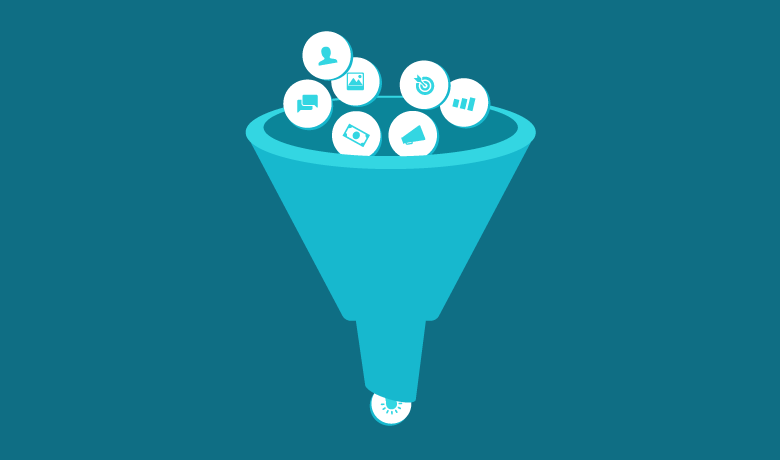
Why have a sales funnel?
A sales funnel is important because it takes your prospects throughout the buying process until they become customers. By having a sales funnel, you are able to understand and visualize your sales process and measure overall conversion rates at each step of the funnel. An efficient sales funnel will turn website visitors (prospects) into email subscribers (leads), and then into customers.
Is the sales funnel dead?
The sales funnel is somewhat dead. This is because the internet has rewritten everything you use to know about sales and marketing. Things don’t go the way you think anymore. People are getting more knowledgeable and millions of information are available at your fingertips.
Sales and marketing have evolved. Buyers don’t act in predictive ways anymore and salespeople can’t understand the buyer’s journey anymore.
Before now, sales reps tell customers what they want but that is not attainable anymore. Customers don’t want to be told what they want anymore. They are more in control now due to the availability of the internet and access to information. Customers are more independent now and they demand choices and customizations. They can now verify claims and check facts about businesses.
Customers now do research about new products on their own. They already have very good ideas about what they want. The job of the sales reps is no longer to tell customers what they want. Their job now is to help customers find solutions to any challenges they may face. The buyer’s journey is now a bit more complicated in this 21st century; hence you need to walk with the trend.
Do sales funnels really work?
Most people will ask if sales funnels really work. The truth is sales funnel works, though it may be overhyped by most marketers. The sales funnel is the buyer’s journey to purchasing a product and it’s an effective strategic framework for sales reps.
Who needs a sales funnel?
Sales reps, business owners, and marketers need sales funnels. A sales funnel helps you to up-sell and retain buyers for years to come. It gives you an opportunity to set the stage for the constant flow of sales. You can significantly increase the retention capacity of your customers with an effective sales funnel.
$200K Ads sales Funnel
RealSuccess built a 7-step ad funnel and was able to turn $4,133.71 on Facebook ads into $212,400 in annual recurring revenue (ARR).
The secret of this great success was pairing Facebook ads with content marketing.
They made this great success by creating a series of blog posts, an ebook, and a webinar and promoted them using Facebook ads. This created a 7-step sales funnel that pushed users to buy their products.
They used Retargeting ads to move people through the funnel depending on what ads they clicked (or didn’t click). By using Retargeting ads, they were able to significantly reduce their ad-spend. This is because Retargeting ads are a fraction of the price of standard ads.
They created posts such as the attention post, trends post, help post, product focus post, killer feature post, ebooks, and webinars.
They spent $4,133.71in ad dollars and after doing all these, they were able to generate $17,700 in new monthly recurring revenue and $212,400 in new annual recurring revenue.
How do I make a sales funnel for free?
To create a sales funnel, here are the five steps you need to take;
Step 1: Analyze Your Audience’s Behavior
You need to have full knowledge of your audience’s behavior. The more information you have about your audience, the more effective your sales funnel will become.
Monitor the behavior of your site visitors. Know what they click and the pages they spend lots of time. Analyze how visitors engage with your website. Know the products that fit the needs of your prospective customers
Step 2: Capture Your Audience’s Attention
Capture your audience’s attention by showcasing your products to your audience. Put your products in front of your target audience. Create awareness by putting your products out in the public.
You can do this by using social media platforms, ads, and other marketing channels. The aim here is to create awareness and put your products in the face of your target audience.
Step 3: Build a Landing Page
Create an impressive landing page on your website. Your landing page is the first impression potential customers will have of your business. An impressive landing page will encourage visitors to sign up or subscribe. Your landing page is where you are able to collect contact information of your prospects such as email addresses and names.
Step 4: Create an Email Drip Campaign
After collecting the email address of your prospects, create an email drip campaign. Market your products on a personal level to each of your leads. Show them good reasons why they should buy your products. Educate them on the benefits of your product and how it meets their needs. Doing all this is what will prompt your leads to take action.
Step 5: Follow up
After your lead has made a purchase, he/she has become a customer. Now, you need to follow-up and keep in touch. You can automate a follow up email campaign. The aim here is to retain your customers so they can make more purchases.
Do you need a sales funnel?
Yes, you need a sales funnel for effective sales process. It allows you to convert more leads into active and loyal customers.
What is sales funnel management?
The process of overseeing the journey of your customers is known as sales funnel management. It means giving each customer the personal treatment they desire. Managing your sales funnel allows you to convert more customers and retain them.
Sales Pipeline
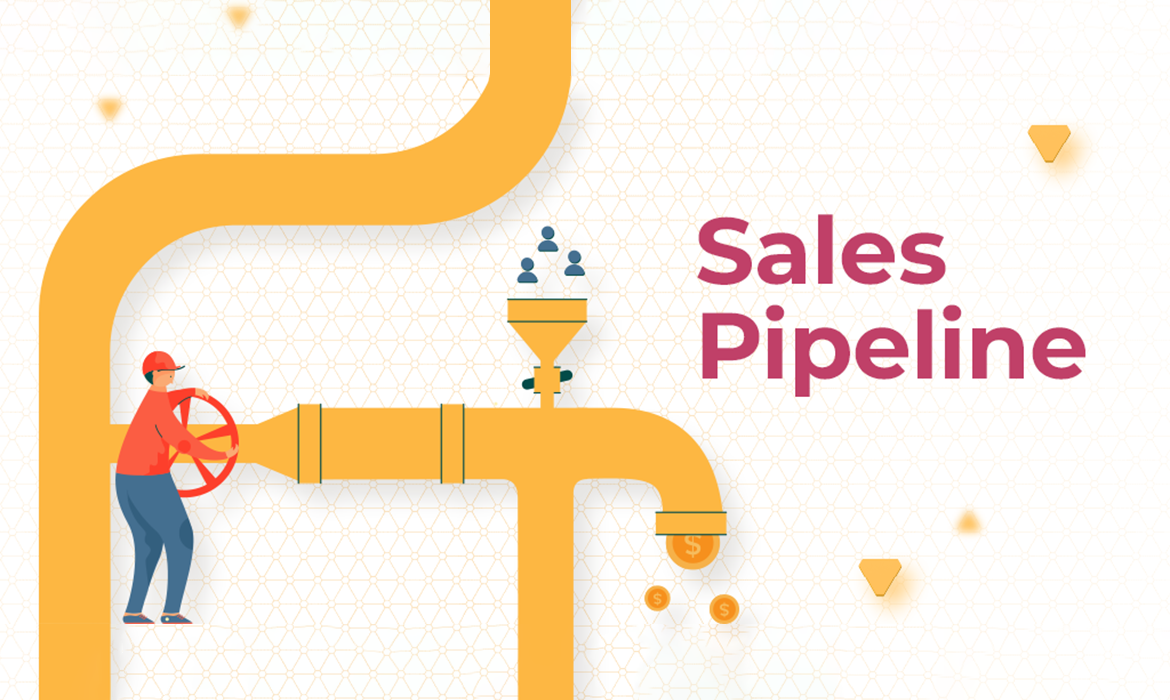
Sales Pipeline
Sales pipeline is the set of stages that prospects move through as they progress down the sales funnel. It is a visual display of the stages that prospects are in the sales funnel. It is the value of deals in progress. This means it provides an overview of sales reps sales forecast and how many deals the sales reps will likely close at a particular time frame. It focuses on the set of actions taken by sales reps to convert prospects into customers.
What is the meaning of pipeline in sales?
Pipeline in sales is a visual snapshot of the stages prospects are in the sales process.
What is deal pipeline?
Deal pipelines are the steps in your sales pipeline that shows that an opportunity to close a deal is near. A deal pipeline shows you that your sales pipeline is moving towards the point of closing. You can use a deal pipeline to predict revenue and identify bottlenecks in your sales process.
What are the stages of a sales pipeline?
The stages of a sales pipeline include:
Prospecting
This is using promotional, advertising, and marketing media to showcase your products to potential customers or prospects. The aim here is to use targeting media to showcase your products to a targeted audience that are the right fit for your products.
Lead Qualification
In order to qualify a lead, sales reps ask questions to determine if a prospect has the need, budget, and authority to buy. This is to determine if a lead is positive or negative
Meeting
This is where the sales reps schedule a meeting or demo to introduce their products or offerings to leads. The aim is to ensure that your leads understand in total the benefits of your products.
Proposal
Provide a detailed proposal to your potential buyers. Your proposal should contain what you will provide, the cost, and for how long. State your competitive advantage over other similar products from your competitors. This will help differentiate your products from others and give you an upper hand over your competitors.
Negotiations and commitment
This is the point where you sit at the negotiating table with potential buyers. You can discuss adjusting price, shrink the scope of work, managing expectations before coming to a mutual agreement.
Closing
This is the point where your potential buyer or lead actually make payment for your product. Contracts are signed and payment made. You have now closed a deal and your lead is now officially a customer.
How do you build a sales pipeline?
The six steps to building a sales pipeline include:
- Identifying your ideal customer profile and target market.
- Spotting your target companies/target accounts.
- Finding internal contacts and do research.
- Reaching out to your internal contacts.
- Segmenting and working your pipeline.
- Pass off sales qualified leads to closers to further assess and qualify until deals are finally closed.
Why is sales pipeline important?
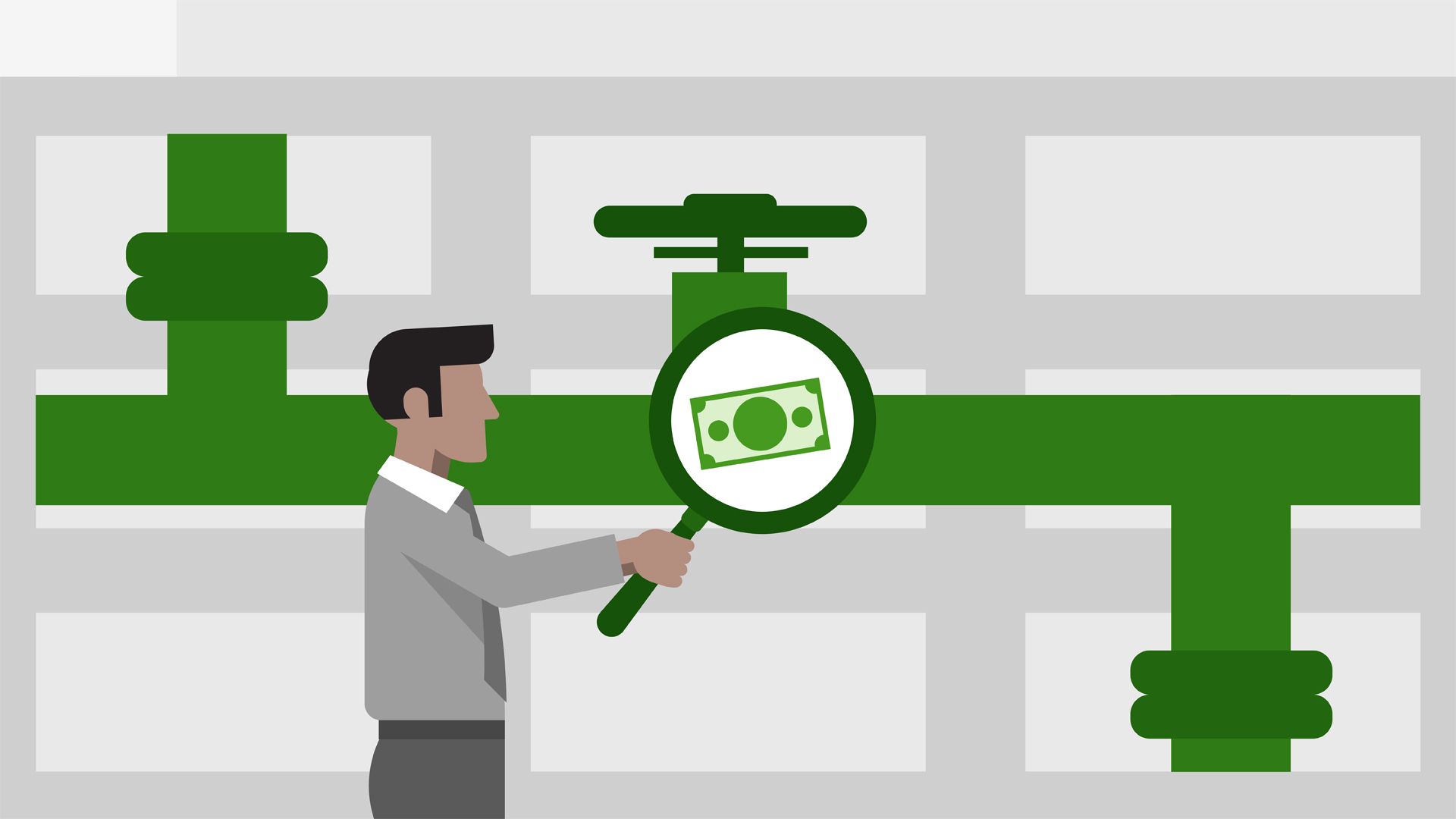
Why is sales pipeline important?
Sales pipeline offers more visibility into which sales activities are providing the greatest return for a company. It helps to track sales reps activities and how well they are able to convert leads. Sales pipeline provides visual representations for sales reps and managers on how their sales process is working.
How do you analyze sales pipeline?
To analyze a sales pipeline, focus first on the opportunities or leads with the highest weighted deal size. Summarize where each deal is in the sales pipeline and how long it’s been in that stage. Determine what factors might cause each deal not to close. Know what actions to take to mitigate risk and ensure that each deal is closed.
Tip to do Sales Pipeline Management
To manage your sales pipeline, here are some useful practical tips to improve the entire pipeline and make your business more successful:
- Remember to follow up on leads in order to close a deal
- Focus on the best leads or high value leads so you don’t waste your time on bad leads.
- Drop-dead leads because they will never make purchases
- Monitor pipeline metrics so that you can know how your sales process is working.
- Review and improve your pipeline processes
- Regularly update your pipeline
- Keep your sales cycle short
- Create a standardized sales process
- Provide more content for your prospects
- Use CRM to manage your sales so you don’t lose leads.
Sales pipeline metrics
Sales pipeline metrics provides at a glance how your team is performing. It provides insights into details about your organization’s sales process and how it can be optimized so that your sales pipeline can become more successful.
You need to track your sales pipeline so that you will know how your sales process is working.
The important things you need to track include:
- Number of qualified leads
- Conversion rates of marketing qualified leads to sales qualified leads
- Win rates
- Average deal size
- Customer acquisition cost
- Customer lifetime value
- Customer lifetime value to customer acquisition cost
- Average sales cycle
- Sales by customer
- Sales by owner
- Deal loss reasons



